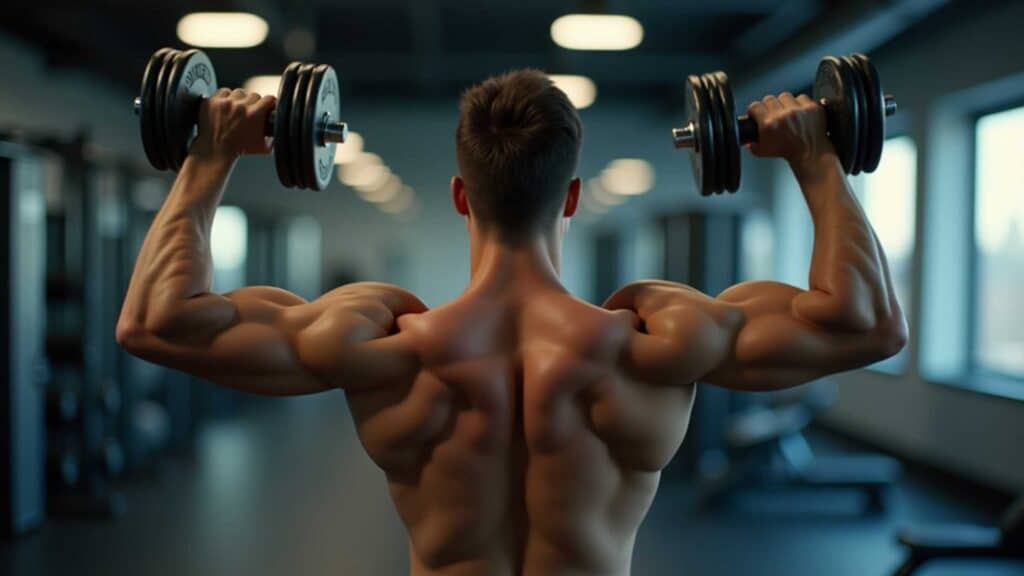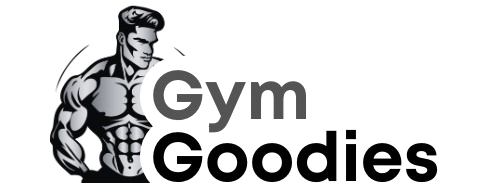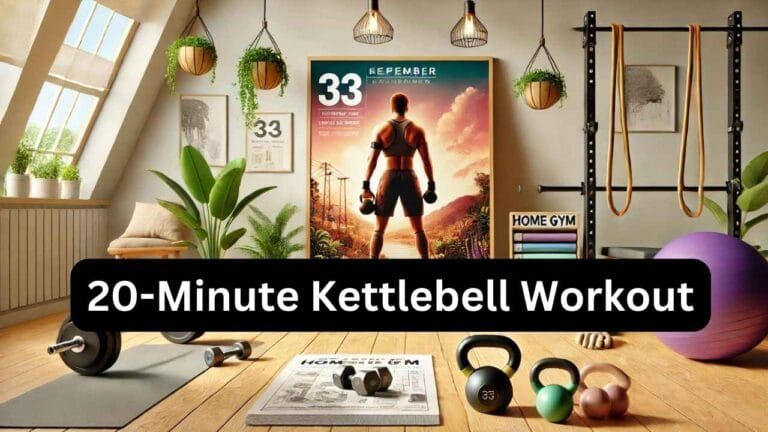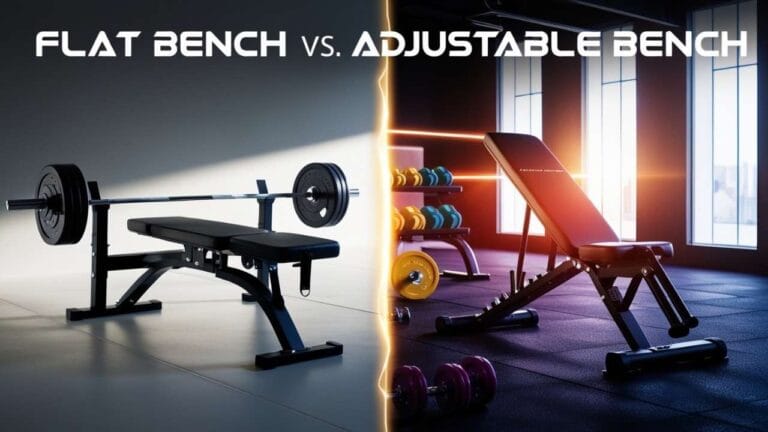How Arm Angle Affects Joint Stress in Lateral Raises (Stay Injury-Free!)

Ever finish a set of lateral raises only to feel a sharp pinch in your shoulder or a dull ache in your elbow? You’re not alone. Many lifters assume it’s just part of the grind, but what if your arm angle is secretly sabotaging your progress (and your joints)?
Here’s the truth most beginners miss: Small tweaks in elbow and wrist positioning can make lateral raises either a shoulder-building powerhouse or a ticking time bomb for joint stress. Let’s break down the science, debunk myths, and give you a step-by-step fix, so you can train pain-free and finally master this essential move.Mayo Clinic – Shoulder Impingement
Why Your Shoulders Hurt During Lateral Raises (It’s Not What You Think)
The fix: Slightly bent elbows (10–15°) and a neutral wrist reduce joint strain by up to 30%.
Most people blame weak deltoids or heavy weights, but the real culprit is often poor arm alignment. When your elbows lock straight or flare too high, you shift tension from your muscles to your tendons and ligaments, especially the rotator cuff and acromioclavicular (AC) joint.
Lily’s “Weak Shoulders”
Lily, an avid gym-goer, swore she’d never master lateral raises without pain. “I thought my shoulders were just fragile,” she said. After analyzing her form, we spotted two red flags:
- Overextended elbows (straight as a board)
- Thumbs-down grip (internally rotating her shoulders)
We adjusted her arm angle to a soft bend (like holding a champagne glass) and kept thumbs parallel to the floor. Result? Zero pain within two weeks—and stronger lifts than ever.
The Hidden Factor Everyone Overlooks: Scapular Stability
Counterintuitive insight: Your shoulder blades dictate your arm’s safety.
A 2024 study in the Journal of Strength and Conditioning Research found that lifters with poor scapular control had 42% higher joint compression forces during lateral raises. Why? Your shoulder blade (scapula) is the anchor for your arm. If it’s unstable, your rotator cuff muscles overwork to compensate.
Actionable Tip: The “Scapular Pinch” Test
Before lifting:
- Stand tall and gently squeeze your shoulder blades together (like holding a pencil between them).
- Maintain this slight retraction as you raise your arms.
- If your shoulders hike toward your ears, reduce the weight.
Pro tip: Think of your scapula like the foundation of a house—if it’s shaky, everything above it crumbles.
“Thumbs-Down” Debunked: Why This Cue Backfires
Myth: “Point thumbs downward to isolate the side delts.”
This common cue isn’t wrong, it’s incomplete. While internally rotating your arms (thumbs down) does emphasize the lateral deltoid, it also:
- Increases impingement risk by narrowing the subacromial space (where tendons glide).
- Overloads the biceps tendon, leading to elbow strain.
Updated Best Practice: The “Pouring Water” Grip
- Start position: Hold dumbbells with thumbs pointing forward (neutral grip).
- As you lift: Imagine pouring water out of a pitcher, your thumbs tilt slightly downward at the top, but your elbows stay bent and below shoulder height.
Visual cue: Picture your arms as hooks, not rigid poles.
Step-by-Step Fix: Pain-Free Lateral Raises in 2 Weeks
Follow this sequence to build stronger shoulders without joint stress.
Phase 1: Prep (Days 1–3)
- Band Pull-Aparts (2×15 reps): Activates rear delts and scapular stabilizers.
- Dead Hang (30 sec): Improves shoulder mobility under load.
Phase 2: Modify (Days 4–10)
- Bent-Arm Lateral Raises (3×12 reps): Use 30% lighter weight. Focus on keeping elbows at 15° and stopping at shoulder height.
- If pain persists: Switch to cable lateral raises (constant tension reduces momentum).
Phase 3: Progress (Days 11–14+)
- Full-Range Raises (3×10 reps): Add weight only if form stays flawless.
- Bonus: Finish with face pulls (3×12) to reinforce scapular health.
Final Takeaways
Arm angle matters: A 10–15° elbow bend cuts joint stress by 30%.
Scapular stability is key: Weak shoulder blades = overloaded rotator cuff.
Ditch thumbs-down: Neutral grip + “pouring water” motion protects your shoulders.
Remember: Lateral raises shouldn’t hurt. If they do, your body isn’t failing, it’s asking for a smarter approach.
By tweaking these subtle details, you’ll not only lift pain-free, you’ll finally unlock the shoulder gains you’ve been chasing. Now go show those lateral raises who’s boss!
Disclaimer:
It should be remembered that the information available at gymgoodies.net is constantly evolving and is up-to-date and authentic information on fitness, exercises, and health.
I am a veteran bodybuilder, considering I have been active in the industry for quite some time. I ensure that the content shared reflects the lessons I have learned in my years of training and working or all the exposure I have had.
That said, it must be understood that the information available on this portal is obtained through communication channels and is primarily for education and information. Some factors and changes occur, and the issues discussed in this website address such things.
Every piece of advice regarding fitness or health should be taken with caution.
You might need the assistance of fitness professionals, nutritionists, or doctors regarding your workout routine, diet, or fitness activity. Their advice should be personalized PPC, the guide you integrate into your routine, taking into account your specifications and requirements regarding your health and fitness.
This is key, considering our concern is your health and safety. Make sure you only use the data on the site to empower expert advice and nothing more.



